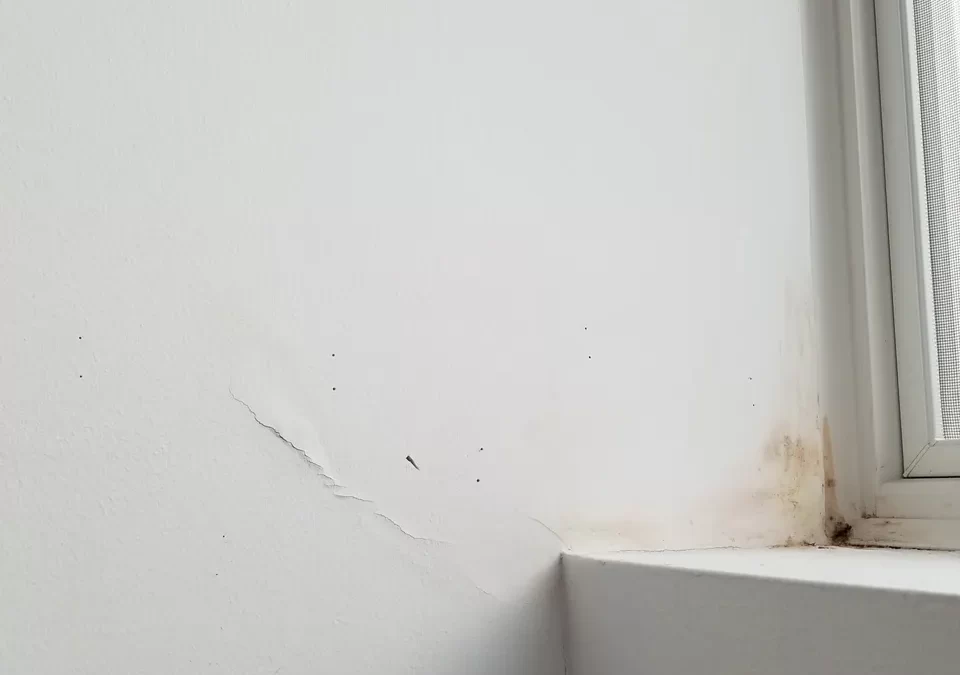Water flows freely and it can get anywhere it wants. That’s why it’s important for a homeowner to be aware of signs of hidden water damage. If you know what water damage looks like around your home, you’ll be able to catch it and deal with it before it becomes a bigger issue.
It’s impossible to count how many spaces and cracks water can penetrate without being noticed or seen. However, you can keep track of the state of your home if you have the right knowledge. Let’s take a look at some of the most common signs of hidden water damage!
1. Unpleasant Smells Around the House
Moisture can be invisible, but it causes unpleasant smells. When hidden residual water gets held up, it creates a breeding ground for bacteria and mold, which leads to earthy, moldy smells. This is a huge red flag of hidden water damage. So, if you smell it, look for it until you find it or call a professional to help you track down the root of the problem.
2. Mold Growth
Though mold spores are microscopic and invisible to the eye, they still make their home in all the nooks and crannies of your home. Water behaves the same way, so when it comes in contact with dormant spores, mold will start to grow and it will begin to show. If you notice fuzzy discolorations in isolated spaces, call a mold professional to evaluate your problem.
3. Watch Out for Stains
Water that finds its way into spaces and voids will eventually show itself in the form of stains and blotches on your walls or ceilings. This is a red flag you can’t ignore when it comes to hidden water damage. So, watch out for any discoloration or stains, and if you catch them, call someone to come assess the damage.
4. Peeling Wall Paint
Another telltale sign of hidden water damage is peeling paint. If there is water flowing freely inside your wall spaces and voids, it will manifest as peeling paint. That’s because the drywall saturates and the paint loses adhesion, so it starts peeling off. The moment you notice this on your walls, call a professional to help you track down the source of the damage and help you deal with it.
5. Sagging Ceilings and Walls
When your drywall or ceiling gets saturated by water, they will begin to give in and deform, which is what causes sagging. You need to keep an eye on this because sagging ceilings and walls could collapse, not only causing damage to your property, but also becoming a safety hazard.
Hidden water damage is easy to spot once you know what you’re looking for. This is important knowledge to have as a homeowner because the sooner you spot an issue, the sooner you’ll be able to deal with it. This will save you money in the long run, save your property, and prevent safety hazards and risks.


